Over 6m Pakistanis got high last year: UNODC report
Opiate, cannabis use remains high.

Police officials burn seized drugs at Tarnol on Wednesday. PHOTO: APP
Easy access to opiate-based painkillers is among the primary causes of drug abuse in Pakistan.
Expressing concerns over the issue, speakers at a seminar on Wednesday urged the government to ensure the effective enforcement of a law chalked out to control and regulate prescription practices.
The discussion was organised by the National Council of Social Welfare (NCSW) to mark International Day against Drug Abuse and Illicit Trafficking.
According to the United Nations Office on Drugs and Crime (UNODC) technical summary report on Drug Use in Pakistan 2013, the prevalence of opiate-based painkillers misuse is high, as over the last year, nearly 1.7 million people — 930,000 men and 760,000 women — used such prescription drugs for non-medical purposes.
While addressing the participants, NCSW Director Farhat Sultana said it that with each passing day, the use of such painkillers is increasing in the country and the main reason is the easy availability of these due to mushroom growth of pharmacies.

“People should be informed that the misuse of such pain killers is equal to committing suicide and pharmacists should be educated that by selling them without proper prescriptions, they are playing with the lives of people,” she said.
“It is impossible for the government and other local and international organisations to go door-to-door to educate these people. Therefore, the media should play its role in creating awareness on mass level.”
Sultana further expressed concern over the increase in the number of drug users in the country and said that it is estimated that 90 per cent of street children are using various forms of drugs.
UNODC Project Coordinator Dr Nadeemur Rehman shared some statistics from a report on drug use in Pakistan.
He started with an estimate that around 6.45 million Pakistanis aged between 15 and 64 had used different forms of drugs in the last year, a quarter of which were women. The highest usage rate was in Khyber-Pakhtunkhwa, where 11 percent of the population used illicit substance during the last year.
He said the most commonly used drug was cannabis (hashish) which was used by approximately four million people. Out of these 3,940,000 were men and 95,000 were women.
The use of opiates also remained high, as one million people (970,000 men and 50,000 women) used heroin or opium.
Around 447,000 people — 440,000 men and 7,000 women — injected drugs, placing them and their sexual partners at risk of transmitting HIV and other diseases.
The use of tranquilisers and sedatives remained higher among women, as 840,000 women and 750,000 men used them.
Rehman suggested that the government’s Drug Control Master Plan 2010-14 needs a consolidated and coordinated approach at all levels.
Published in The Express Tribune, June 27th, 2013.

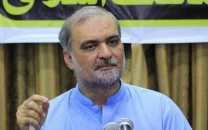
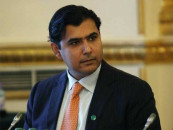


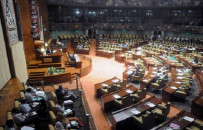
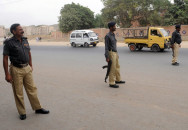


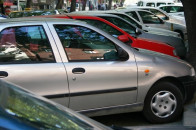




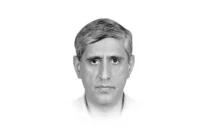


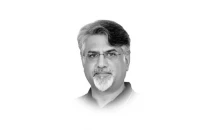
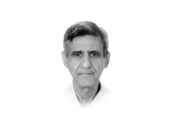
COMMENTS
Comments are moderated and generally will be posted if they are on-topic and not abusive.
For more information, please see our Comments FAQ